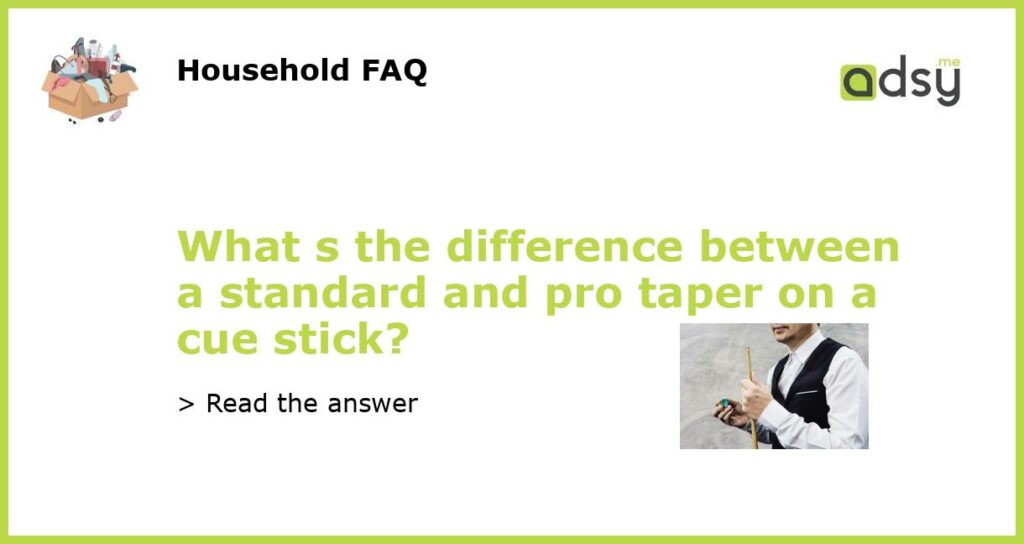Understanding the Basics: Standard vs. Pro Taper on a Pool Cue
When it comes to choosing a pool cue, there are a wide range of options to consider – from the materials used to the weight, length, and even the tip. Among these choices, the taper of the cue is one of the most important. But what exactly is taper, and what’s the difference between a standard and pro taper? Let’s take a closer look.
What is Taper on a Pool Cue?
In simple terms, taper refers to the way the diameter of a pool cue shaft changes from the tip to the butt end of the cue. Most cues are designed to have a smooth, gradual taper that creates a natural flow and transition between different sections of the shaft.
Standard Taper:
A standard taper is the most common and traditional type of taper found on pool cues. This type of taper features a consistent reduction in diameter along the entire length of the shaft, creating a straight and predictable feel when shooting. Standard taper cues are typically easier to control and are therefore ideal for beginner and intermediate players.
Pro Taper:
Pro taper, on the other hand, is a variation on standard taper that is often preferred by more advanced players and professionals. With this type of taper, the diameter of the shaft reduces more slowly towards the tip of the cue, which creates a larger diameter section near the joint. This larger diameter section provides greater stability to the cue and can help to reduce deflection, ensuring a more accurate shot.
How to Choose the Right Taper for You:
Ultimately, the choice between a standard and pro taper will depend on your individual preferences and playing style. If you’re new to the game or prefer a simpler, more predictable feel, a standard taper may be the way to go. However, if you’re already an experienced player or looking to take your game to the next level, a pro taper may offer the additional stability and accuracy you need to succeed.






